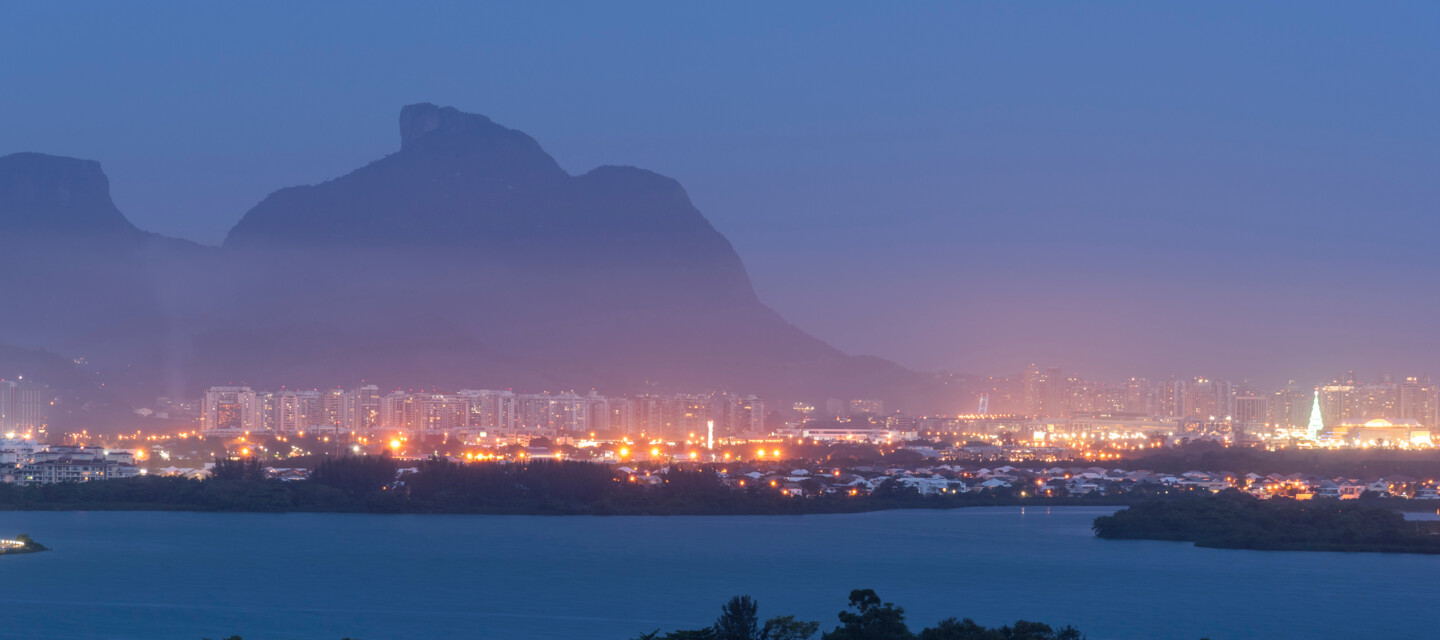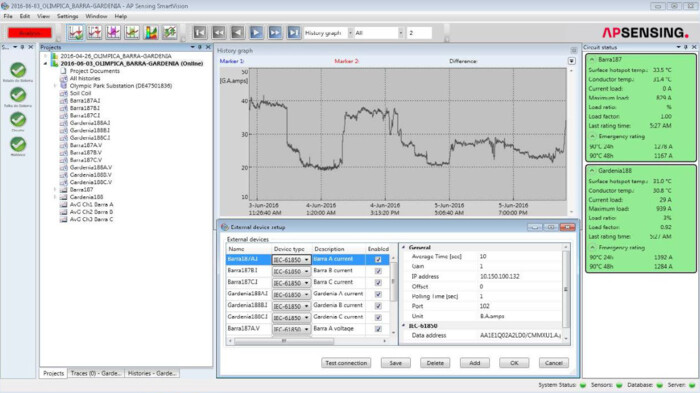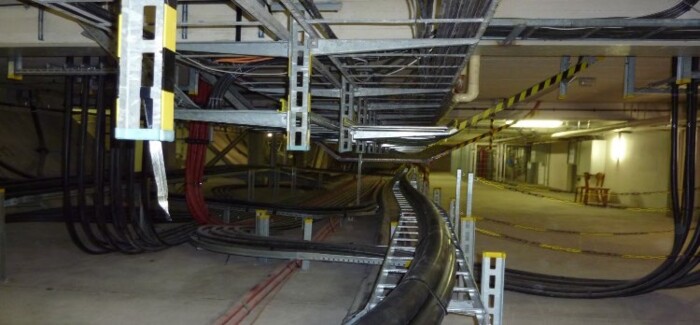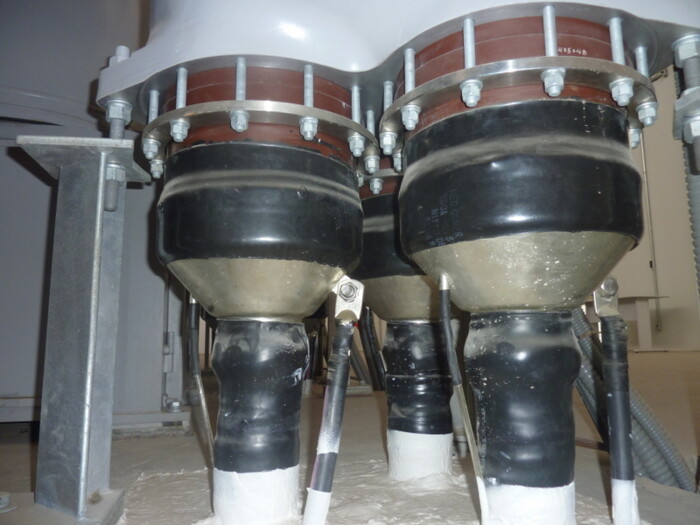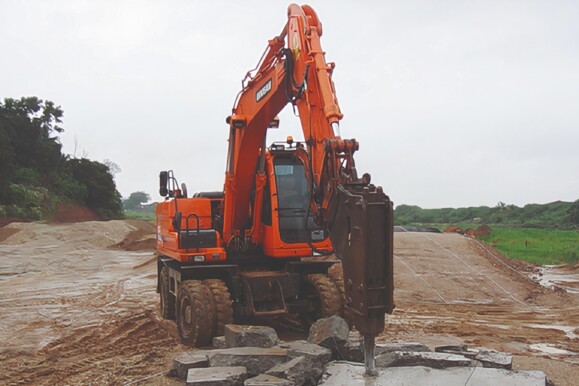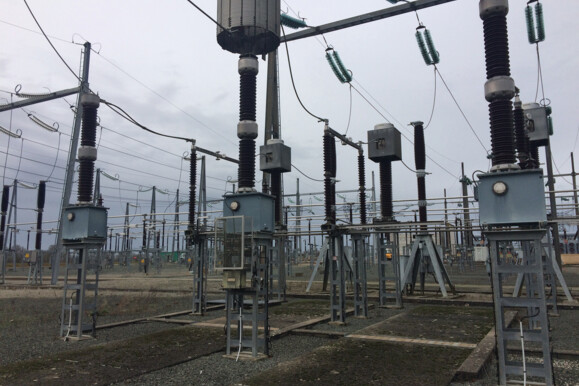Project Overview
The Olympic Park was the main center of competition for the 2016 Summer Olympics in Rio de Janeiro. Covering over one million square meters and including nine different sports facilities, a new power substation was constructed to handle the enormous power demand in the park. AP Sensing’s fiber optic-based Distributed Temperature Sensing (DTS) solution was selected to monitor this valuable infrastructure.
Challenge
The power company in charge needed a proven and reliable monitoring solution that could be implemented on time, as well as easily integrated into the park’s existing SCADA system and IT structures. AP Sensing was selected because of meeting key factors, such as IEC 61850 and DNP3 interfacing capabilities, and our track record for reliability, flexibility and superior support services.
Power for the new facilities comes from two new circuits: the 12 km Gardenia and the 2 km Barra underground line. One AP Sensing DTS device with six channels – three for each circuit –was installed with a single-ended configuration. The longer circuit brought its own specific challenges, as it is routed through diverse soil types and travels below a creek in a small concrete tunnel.
Solution
The installation was further enhanced with AP Sensing’s Real Time Thermal Rating (RTTR) engine and our SmartVision information management suite. The integrated RTTR engine calculates conductor temperatures and ampacity levels for safe operation of the power cables, even during transient states of high load peaks. This allows the network to run at the highest possible safe ampacity level.SmartVision provides a color-coded asset visualization of all circuits in one overview. Temperature graphs and hotspot tables are always available and accessible. SmartVision also offers reporting and analysis capabilities, a central database and alarm management features. The control room is located in a building next to the switching room.
Ready for Future Growth
Plans are underway for the construction of an additional city adjacent to the Olympic City, which will mean ever-increasing power requirements in this fastgrowing region. AP Sensing is proud to have been selected for this important infrastructure project. After the Olympic competitions ended, the Olympic Park housed the first Olympic Training Center (OTC) in Brazi—the most modern in South America—to support South America’s top athletes. The Olympic Park also includes a research laboratory to study nutrition and physical therapy and includes a sports medicine clinic.
